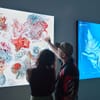Savannah-based photographer Emerald Arguelles addresses the lack of representation and inclusivity in photography by celebrating the Black Experience. Her latest series “Isn’t it Beautiful” is a personal look at the beauty salons and barbershops that are far more than places to get a new haircut. They serve as communal spaces for the African American community. For Emerald, they also mean home.
“The best way to describe my work is as an overall black experience. I reach back to the conversations I’ve had with other Black men and women, and our experiences all correlate in some fashion. My priority is to accurately portray those moments and discuss the topics of Blackness that aren’t widely discussed. The most important value to me is to represent Blackness in a positive way; I have a duty and a responsibility to those I photograph. I feel honored and I don’t take my work for granted.
“The most important value to me is to represent Blackness in a positive way”
I have dealt with a sense of displacement throughout my life, and it wasn’t easy finding familiar things or spaces where I felt safe. Beauty salons and barbershops were my earliest memories of safety due to the camaraderie and the familial energy. I was babysat by pretty much all of the stylists and barbers around me as a child; they taught me how to do makeup and made me feel like family. I vividly remember the smells. I loved mixing the chemicals to make bleach, which was not the best thing to do, but it was my favorite. I also remember my mom constantly telling me not to sweep her feet because it is bad luck. Today, I tell people the same. My mom also used to say “Glamour is the oldest form of witchcraft.” She grew up in Picayune, Mississippi, and there was an expectation of what it meant to be a Black woman. Glamour allows you to break that expectation and be whatever you want. I’ve seen my mom work magic quite often.
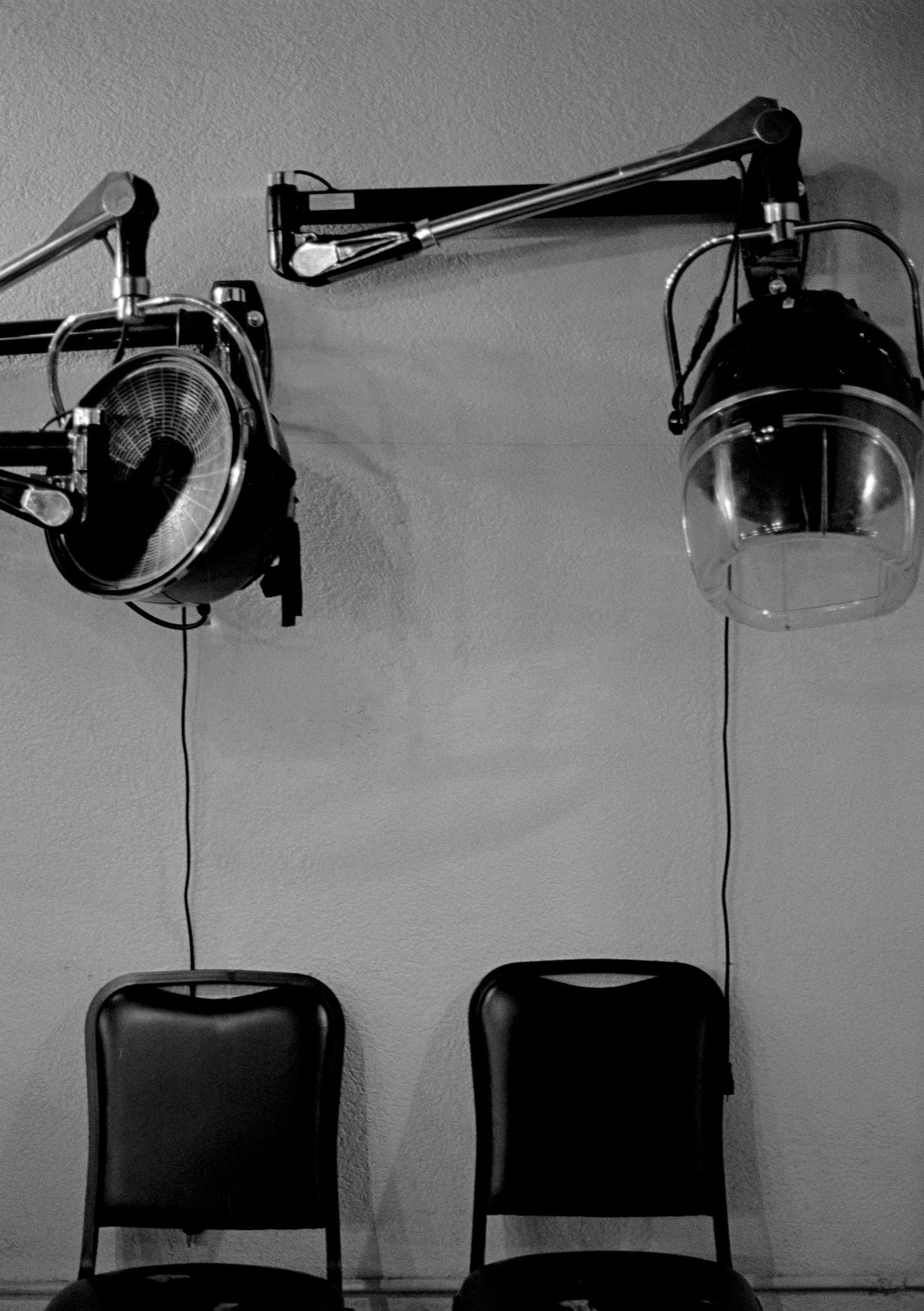
The image you see below is called “Black Madonna” and was a moment of divine timing. It exemplifies motherhood and the power of Black women, and it was a moment that redefined how I wanted my work to be remembered and understood. Black Madonna reminded me of Virgin and Child. At the time, I was in an Art History class, and every image I saw looked nothing like the women I saw every day. I wanted to change that. Religion has always been very complex to me and I enjoy creating images and concepts that reflect modern times, diversity, and familiarity.
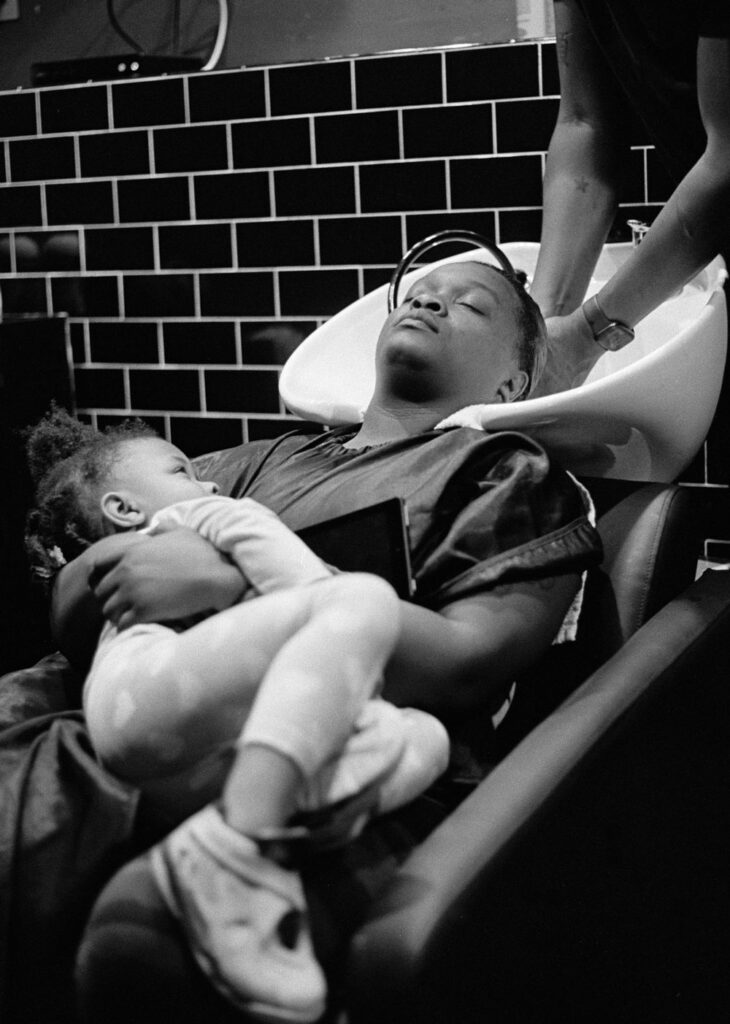
The title of the series “Isn’t it Beautiful” references an interview of Black Panther Kathleen Cleaver, in which she talked about the Black is Beautiful movement. My mom was born in 1961. I heard about civil rights and the leaders of that time as a child. Those conversations and lessons have always stuck with me. I researched quotes, watched films, dissected documentaries, and found what correlated with the project.
I also consciously started to question conventional standards of beauty. When I was in the Marine Corps I learned the standards for appearance weren’t made for Black men or women, and the expectations were unrealistic. It forced many women that I served with to assimilate to a standard that wasn’t reflective of who they were. Unfortunately, I was one of them, and once I was finally in place to have control over my appearance again, I wanted it to reflect who I was.
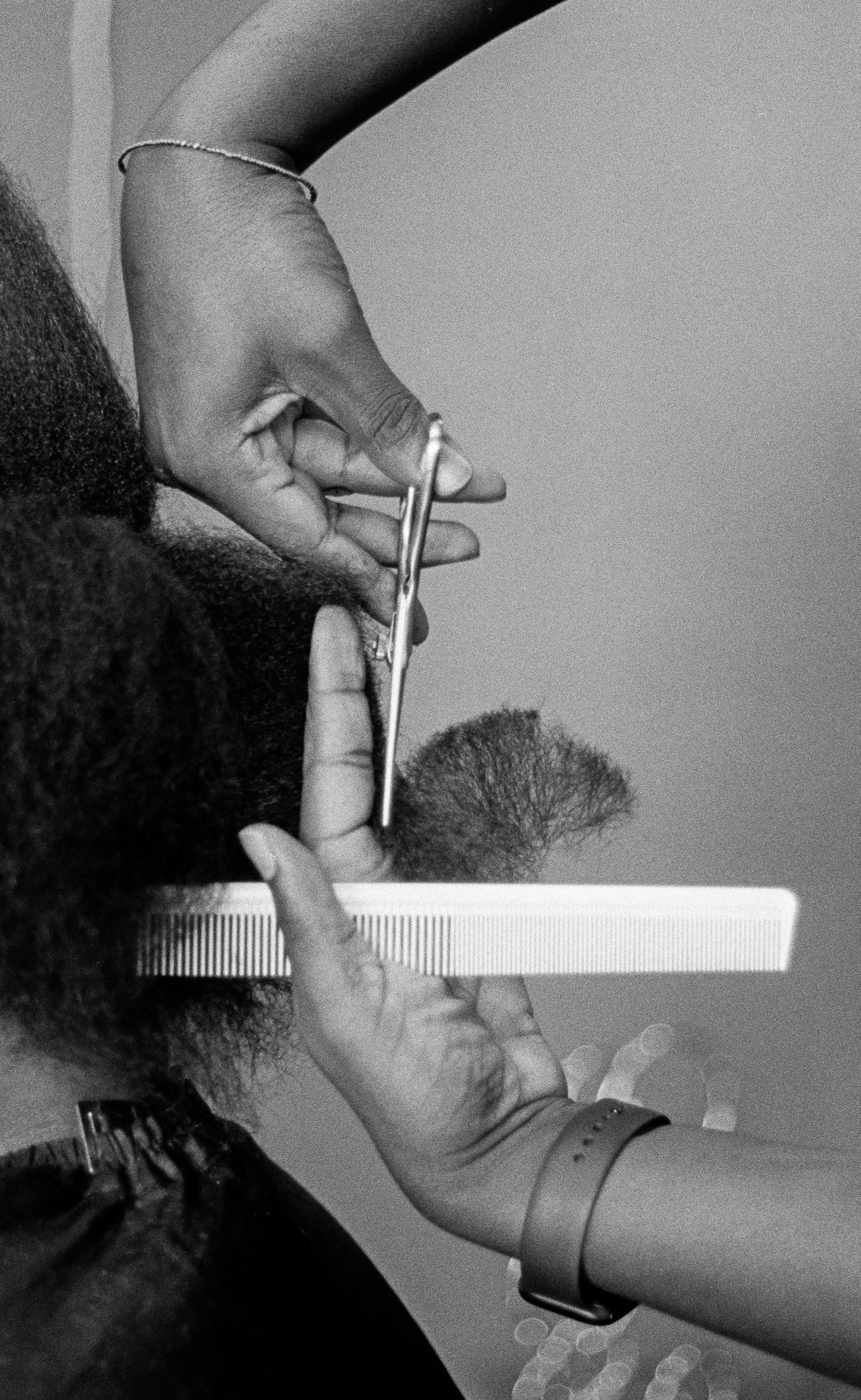
“I enjoy creating images and concepts that reflect modern times, diversity, and familiarity”
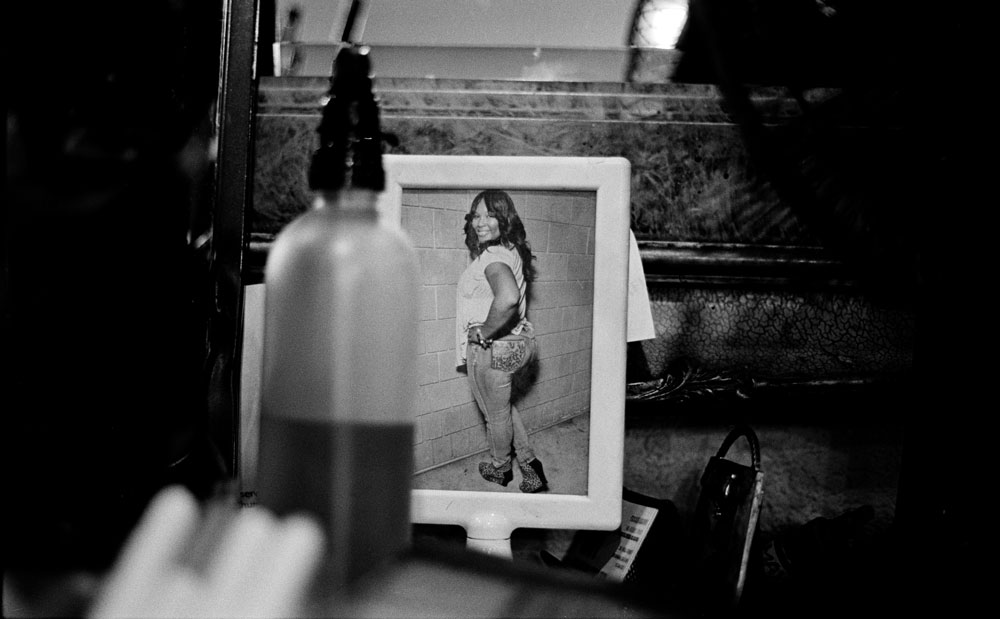
My own definition of beauty has gone through many evolutions, and the things I prioritized changed once I started to love myself. That journey isn’t linear, but I feel the most beautiful when taking care of myself and upholding the standards I’ve set for myself. When I was young, I thought and felt that beauty equated to upholding standards set by others and being accepted. As I got older, I found that wasn’t true.”



